Understanding Nipples: A Comprehensive Guide
Nipples, a vital aspect of human anatomy, serve various functions and come in diverse forms. This guide delves into the intricacies of nipples, encompassing their types, applications, and the materials used in their artificial counterparts designed for infant care.
Types and Variations of Nipples
The human nipple is as unique as the individual, with variations such as the inverted nipple, extra nipple (also known as supernumerary or 3rd nipple), and differences in areola size, leading to terms like big areola. In the realm of baby care, artificial nipples are crafted to cater to different age groups, ensuring a snug fit and reducing the need for frequent sterilization.
Materials and Safety
When it comes to infant care products, safety is paramount. Nipples designed for baby bottles are typically made from clear silicone, a material chosen for its non-toxic and durable properties. This ensures that the nipple shield or nipple guard not only provides comfort but also adheres to safety standards.
Comfort and Development
Beyond safety, the design of a nipple shield is crucial for an infant's comfort and oral development. Flexible materials allow for natural exploration and development, which is essential during the teething phase, potentially leading to symptoms like itchy nipple or sore breast in nursing mothers. In such cases, products like the silverette can offer relief.
Design and Ergonomics
Ergonomic design is a key feature of artificial nipples, ensuring that they remain securely in place. This design consideration is especially important for babies who are active or easily distracted. Additionally, the aesthetic appeal is not overlooked, with a variety of colors and patterns available to engage an infant's attention.
Cleaning and Durability
Ease of cleaning is a practical aspect that cannot be ignored. Durable materials ensure that nipples can withstand repeated sterilization, a necessary process to maintain hygiene. This durability also means that a cracked nipple is less of a concern, ensuring longevity and sustained use over time.
In conclusion, whether discussing the natural human nipple or its artificial counterparts, understanding the types, materials, and design considerations is crucial for making informed choices. Alibaba.com offers a platform where a variety of these products can be explored and sourced to meet the diverse needs of infants and parents alike.



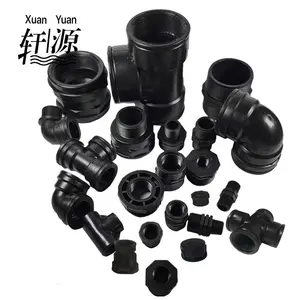

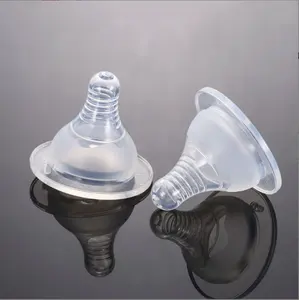



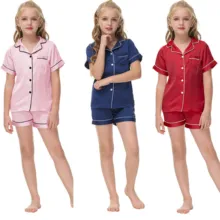







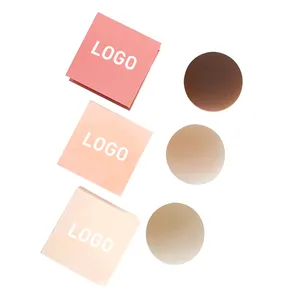
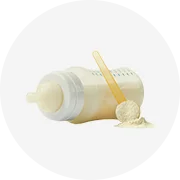

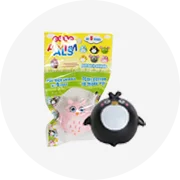

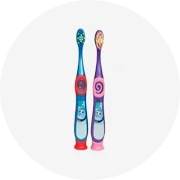

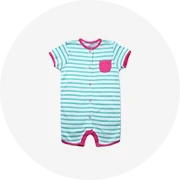

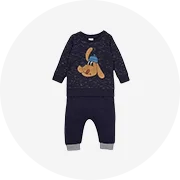
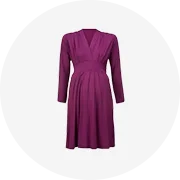
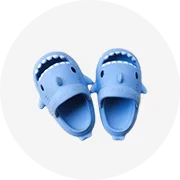


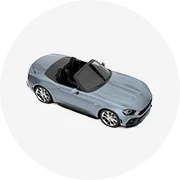
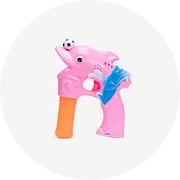








 浙公网安备 33010002000092号
浙公网安备 33010002000092号 浙B2-20120091-4
浙B2-20120091-4